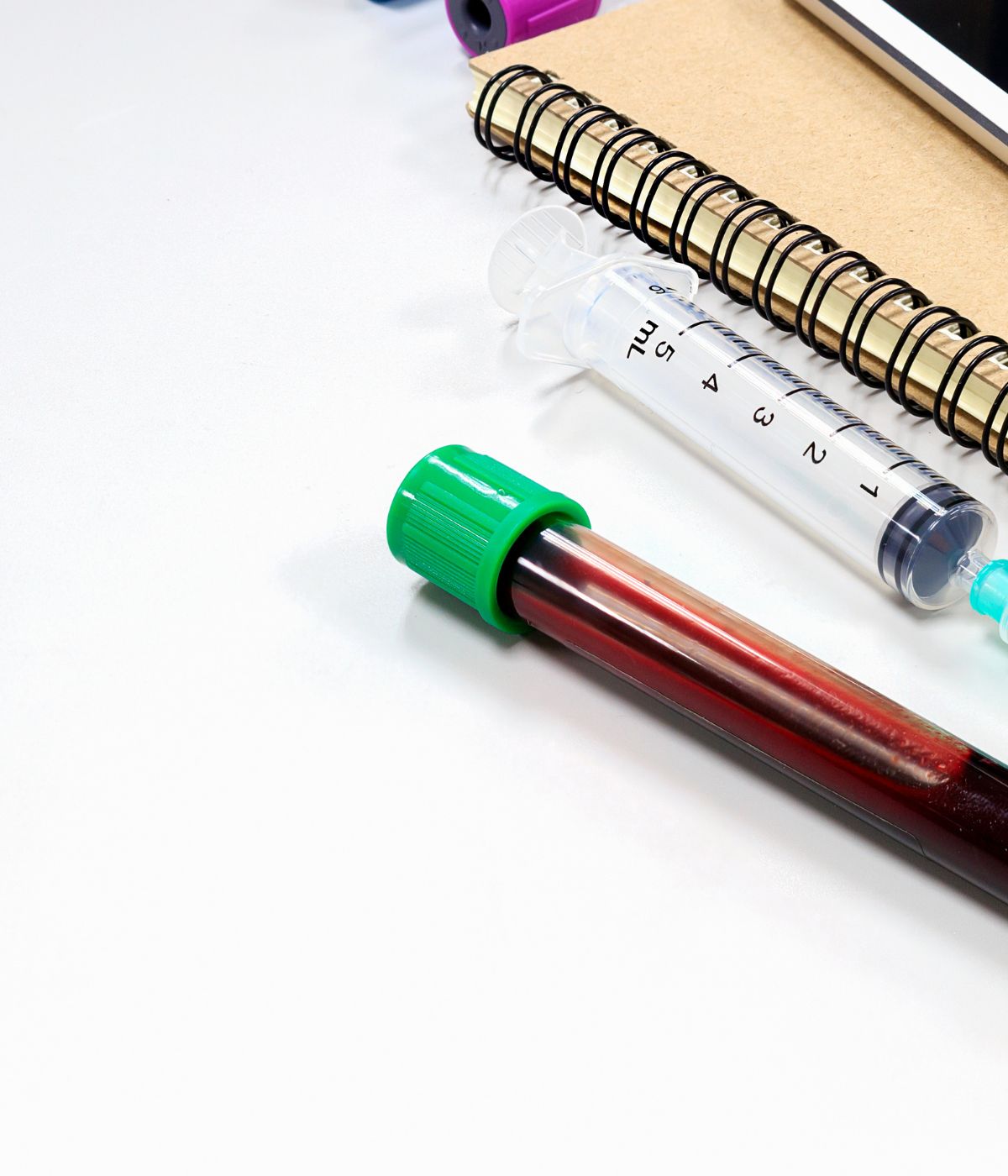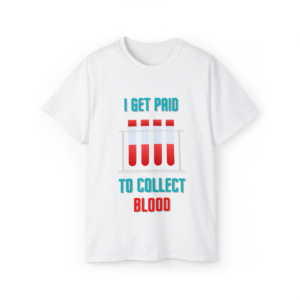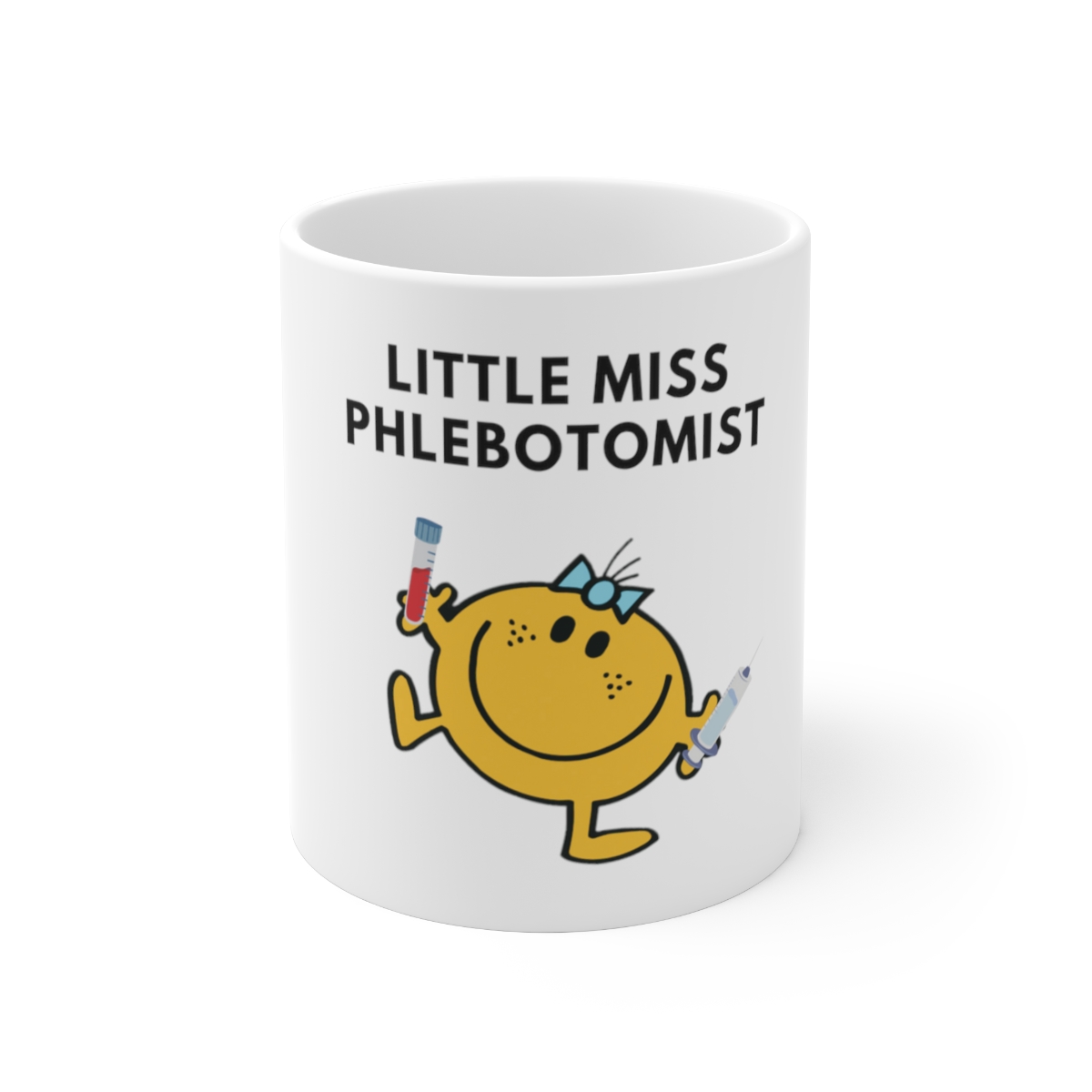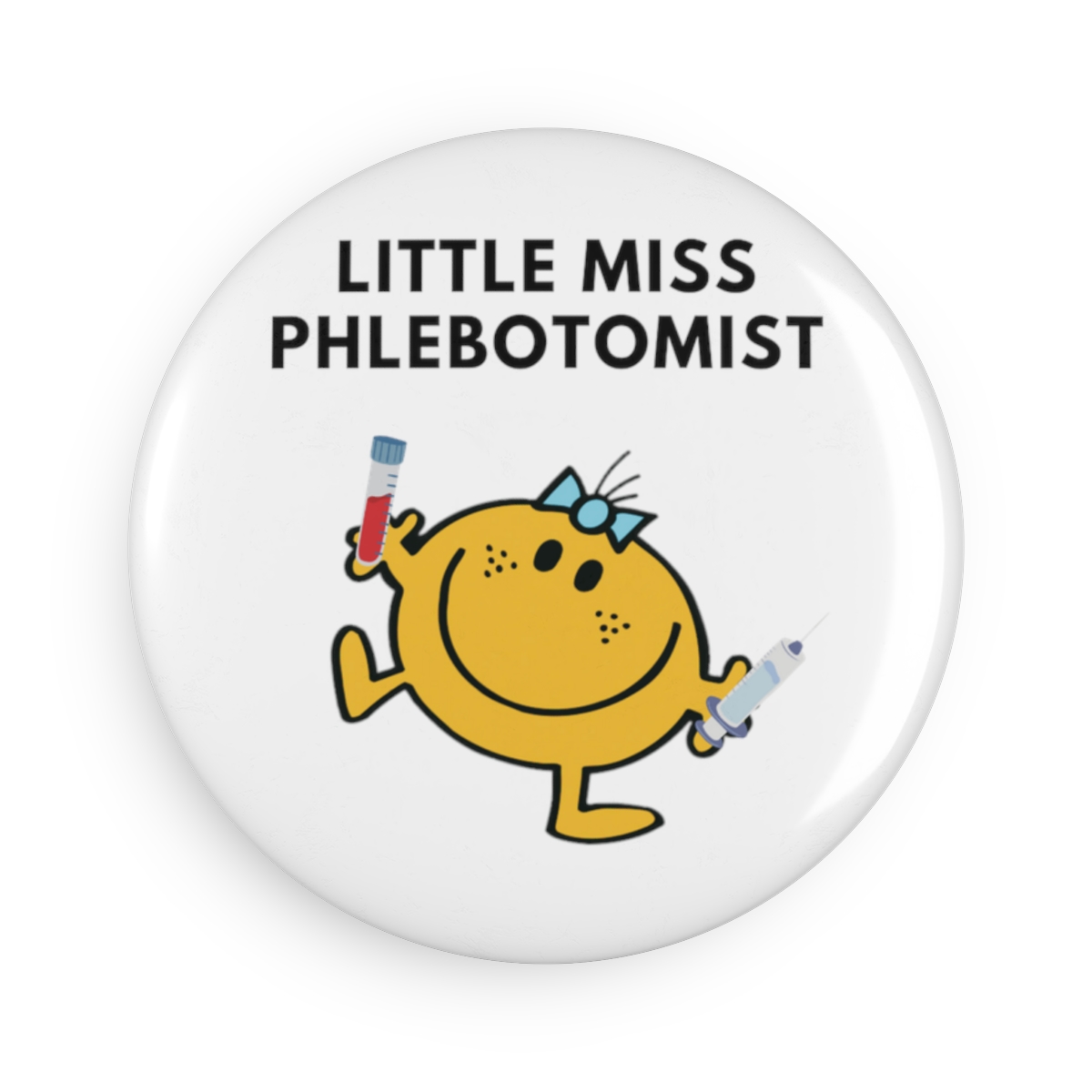The Evolution of Phlebotomy: From Ancient Practices to Modern Techniques
Phlebotomy, the practice of drawing blood from a patient’s veins, has a rich and fascinating history that spans across centuries and cultures. What began as a primitive ritual has evolved into a sophisticated medical procedure, revolutionizing patient care and diagnosis. In this article, we embark on a historical journey through the evolution of phlebotomy, shedding light on its ancient origins and tracing the remarkable advancements that have shaped the field into what it is today.
Ancient Beginnings: Bloodletting and Rituals
The origins of phlebotomy can be traced back to ancient civilizations, including the Egyptians, Greeks, and Romans. In these societies, bloodletting was often practiced as a form of medical treatment and even as a ritualistic practice to balance the body’s “humors.” Bloodletting involved making incisions or using tools to deliberately draw blood from the body, with the belief that it would restore health and equilibrium.
Medieval and Renaissance Eras: The Golden Age of Bloodletting
During the medieval and Renaissance periods, bloodletting reached its zenith. It was a common medical practice, endorsed by physicians and scholars of the time. The practice was guided by complex theories, such as the alignment of celestial bodies influencing the body’s fluids. This era saw the development of various specialized tools, like scarificators and lancets, used for controlled blood extraction.
Scientific Progress and Modernization
As medical knowledge advanced, the rationale behind bloodletting began to be questioned. The 19th century marked a turning point with the rise of scientific inquiry and skepticism. Medical pioneers such as Ignaz Semmelweis, who emphasized the importance of hygiene, and Louis Pasteur, who championed the germ theory, helped shape a more evidence-based approach to medical practices, including phlebotomy.
Twentieth Century: From Craft to Clinical Skill
The 20th century brought about significant changes in phlebotomy, transitioning it from a craft to a clinical skill. The development of vacuum tubes and specialized needles revolutionized blood collection, making it safer and more efficient. Blood transfusions became a crucial part of medical treatment during World War II, highlighting the importance of accurate blood collection and storage.
Safety Measures and Patient Care
In recent decades, phlebotomy has undergone profound transformations in terms of safety measures and patient care. The introduction of disposable needles and stringent infection control protocols significantly reduced the risk of transmission of bloodborne diseases. Phlebotomy training programs now emphasize not only technical skills but also communication, patient comfort, and informed consent.
Technology and Automation
The 21st century has witnessed the integration of technology and automation into phlebotomy procedures. Advanced tools like ultrasound devices aid in locating veins, making blood draw more precise, especially in patients with difficult veins. Automated blood collection devices have also gained prominence, enabled accurate measurements and reduced human error.
A Holistic Approach to Patient Well-Being
Beyond technical advancements, modern phlebotomy places a strong emphasis on patient-centered care. Phlebotomists now engage in open communication with patients, explaining procedures, addressing concerns, and ensuring their comfort. Creating a calming environment and showing empathy play vital roles in making blood collection less stressful for patients.
Conclusion: From Past to Present
The evolution of phlebotomy is a testament to the progress of medical knowledge and practice. What once was a ritualistic and often hazardous procedure has transformed into a crucial aspect of modern healthcare. The journey from bloodletting to today’s advanced techniques highlights the power of science, research, and a commitment to patient well-being. As we continue to embrace technology, patient-centered care, and evidence-based practices, the field of phlebotomy will undoubtedly continue to evolve, shaping the future of healthcare for generations to come.













